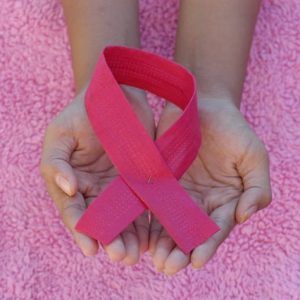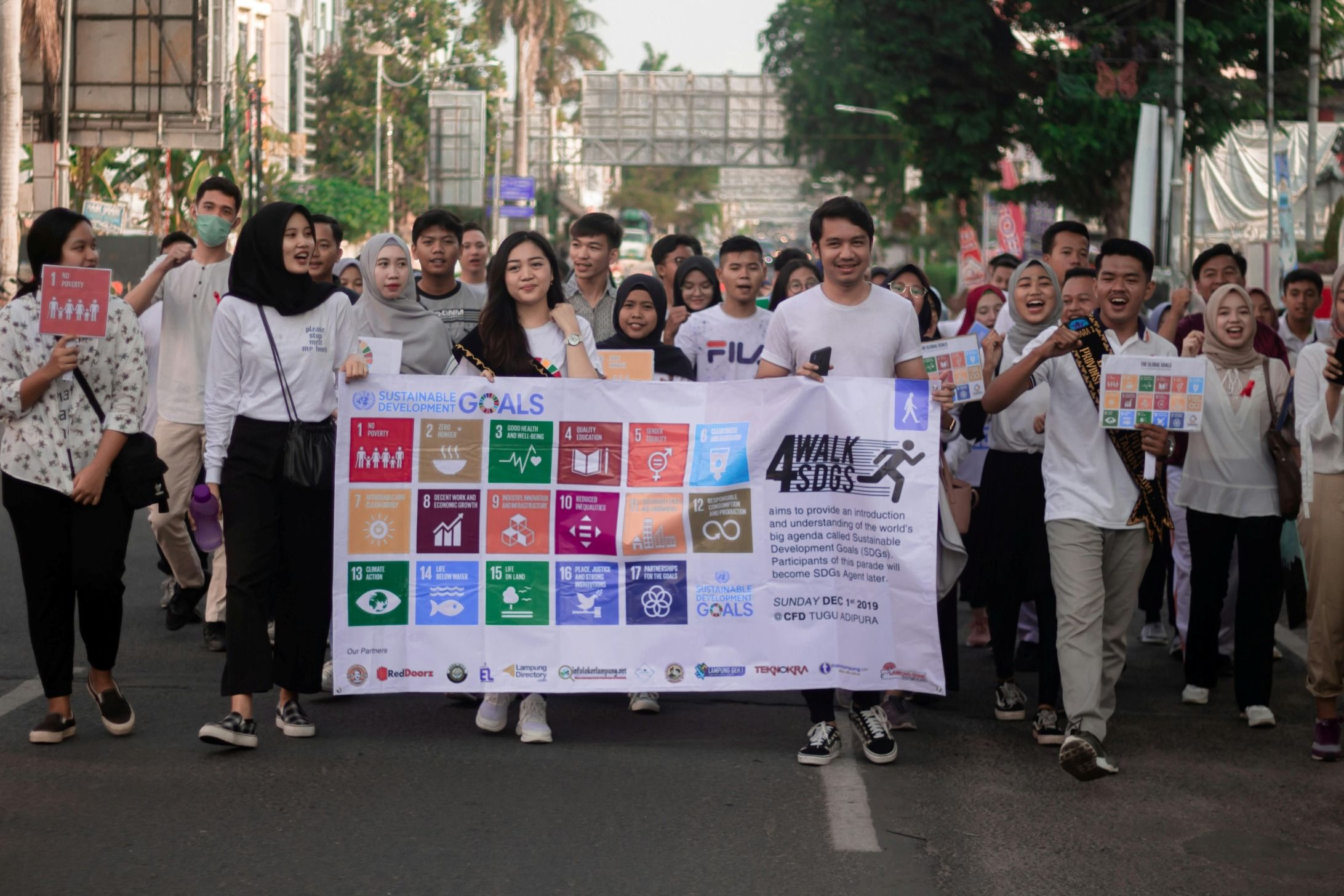Every October, you likely see a mountain of information about breast cancer. And that is a great thing. Awareness surrounding breast cancer is incredibly important because early detection, often through screening, can catch the disease at it's most treatable. Given that breast cancer is the most frequent cancer in Kenya, the need for early detection is undeniable.
I was surprised to learn that many women miss the early signs of breast cancer because they do not frequently self-examine their breasts. In fact, the idea of examining one’s own breasts may be such a foreign concept to many women that they are not sure what their breasts normally look and feel. However, self-examination is one of the main ways that women seek medical advice that then leads to early detection.
Some signs of breast cancer may include:
- Lump in the breast or underarm (armpit)
- Swelling or thickening of all or part of the breast
- Dimpling (like the skin of an orange) or skin irritation of breast skin
- Localized, persistent breast pain
- Redness, scaliness or thickening of the nipple or breast skin
- Nipple discharge (other than breast milk)
- Any change in the size or shape of the breast
Breast Cancer Risk Factors
The main risk factors for breast cancer include being a woman and getting older (most breast cancers are found in women ages 55 and older). Uncontrollable factors that may increase risk include:
- Personal/family history
- Race
- Breast density
- Menstrual period history
In addition, having changes in certain breast cancer genes (BRCA1 and BRCA2) increases the risk of developing breast cancer. Certain risk factors are lifestyle-related, including the use of birth control pills, hormone therapy after menopause, having children, drinking alcohol, being overweight or obese, and not being physically active. Having one or several risk factors does not mean a woman will develop breast cancer.
To lower the risk of breast cancer you need to:
- Get to and stay at a healthy weight. Balance your food intake with physical activity to avoid excess weight gain.
- Be physically active. Every week, get at least 150 minutes of moderate-intensity or 75 minutes of vigorous-intensity activity (or a combination of these).
- Limit or avoid alcohol. (Recommended 1 drink per day)
How does breast cancer screening work?
The most important factor in deciding when to get screened is age.
- All women should have a risk assessment at age 30 to see if screening earlier than age 40 is needed.
- Women at average breast cancer risk should begin screening at age 40.
Three tests are typically used in detecting breast cancer. Each has its own benefits and risks. Women (and men) should talk with their doctor regarding the best option for them.
- A mammogram is an X-ray exam of the breast used to detect and evaluate breast changes. Its detection ability depends on tumour size and breast tissue density. Three-dimensional (3D) mammography is a type of digital mammography in which X-ray machines are used to take pictures of thin slices of the breast from different angles and computer software is used to reconstruct an image.
- Breast ultrasound is often used along with mammography for high-risk women who cannot undergo MRI, and women with dense breast tissue.
- A breast MRI (magnetic resonance imaging) may be used to screen high-risk women and gather more information about a suspicious area found on a mammogram or an ultrasound.
For more information, resources and support, check out the Kenya Network of Cancer Organizations.





